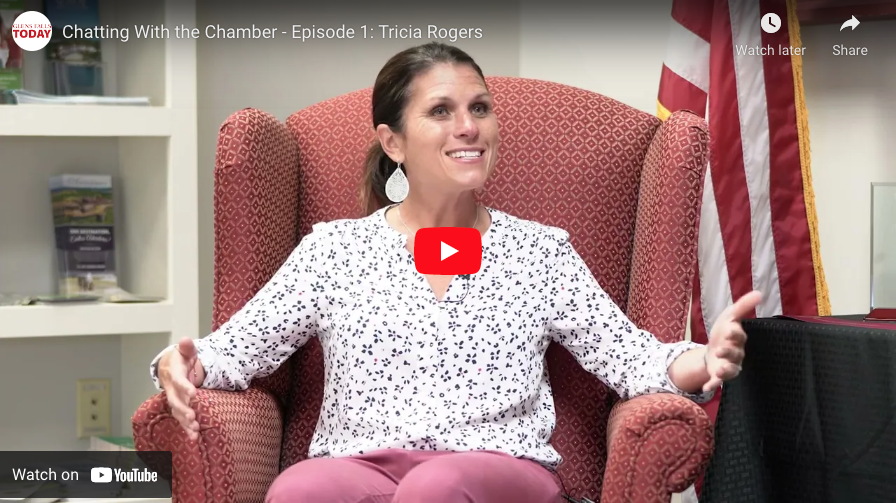Adirondack Balloon Festival Returns for 49th Year This Week

QUEENSBURY — The Adirondack Balloon Festival returns this week for its 49th year, running from Sept. 22-25 at the Floyd Bennett Memorial Airport in Queensbury and Crandall Park in Glens Falls.
“I think everyone’s happy to have it back,” said Erin Reid Coker, a member of the Festival’s board of directors and one of the event’s organizers. “From a fan or general public standpoint, we just have nonstop messages on social media, and emails, with people excited to come up from all parts of the country, really.”
Opening ceremonies will take place at 5 p.m. on Thursday at Crandall Park in Glens Falls, with an initial flight of 10+ balloons, according to the festival schedule.
Crandall Park will also have food vendors and live music on Thursday, and a ‘Downtown Block Party’ begins at 6 p.m. The block party will feature balloon baskets on display, activities for kids, and a car show.
“Crandall Park’s been a tradition for a long time,” said Coker. “We’ll have balloon baskets down there for people to check out. Glens Falls has always been a big supporter of the event, so it’s a pretty easy transition for people to come to the park and check out the balloons, then go downtown and support the local restaurants and businesses.”
The festival has “close to 60” balloons in total, Coker said, adding that the Crandall Park ceremonies will be between 12-15 balloons.
The Balloon Festival did not have vendors last year, Coker mentioned, as a result of uncertainty during the planning period due to COVID-19. This year, however, the Festival appears to be back in full force. Coker said the festival team has been “blown away” with support from local businesses.
“It’s just been amazing, how much support we’ve had from them,” said Coker.
On top of food and drink vendors, the Zonta Club will be running a craft fair at the festival. Coker said there will also be several sponsorship vendors.
A flight of up to 50 balloons, including ‘special shapes’, will begin at 5 p.m. on Friday. A similar flight will take place at the same time on Saturday, and will be followed by ‘Lighting Up the Night’, a flight of glow-in-the-dark balloons at 8 p.m.
“When it gets dark, the balloons will inflate, and from the propane burners you can kind of see the glow of the balloon shapes and the colors,” Coker said. “It’s synced to music. We’ll have some music on hand, where at certain points during a song, different balloons will hit their propane burners.”
Coker noted that the flights are weather-permitting, saying “that’s always the biggest factor.”
“The pilots want to fly as much as anybody else wants to see them, so we hope for good weather,” Coker said.
There will be live music on hand at the festival, with performances by bands such as Beatin’ the Odds and Across the Pond.
The festival will also pay tribute to its founders. ‘Celebrating Joan’ will begin at 6:30 a.m. on Saturday morning, honoring Joan Grishkot, who passed away last year. ‘Walter and Joan’s Mass Ascension’ will take place at 6:30 a.m. on Sunday.
Coker referred to Grishkot as “the face of the festival.”
“Joan and Walter, her husband, started the festival 49 years ago,” Coker said. “She’s going to be missed, and we’ll have that special launch for her.”
The closing flight of the festival will be at 5 p.m. on Sunday in Crandall Park.
Coker emphasized the community aspect of the festival, saying that it has “kind of turned into a tradition for my family.”
“I think that’s what it is for a majority of people that come,” said Coker. “Their kids came when they were young, and then they grew up, got married, and their kids come. So it’s really important for me to create these memories for my wife and daughter. That’s pretty much why I do it.”
The Adirondack Balloon Festival is free to attend. For more information and a full schedule of events, visit adirondackballoonfest.org.















